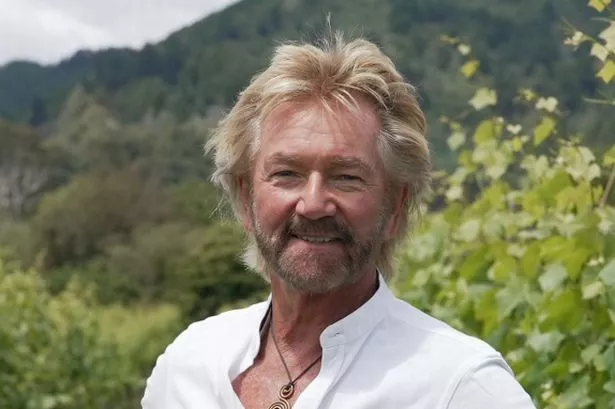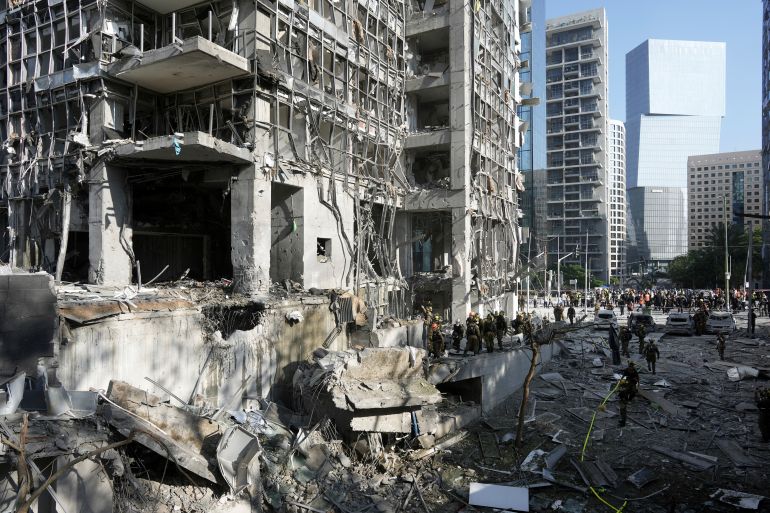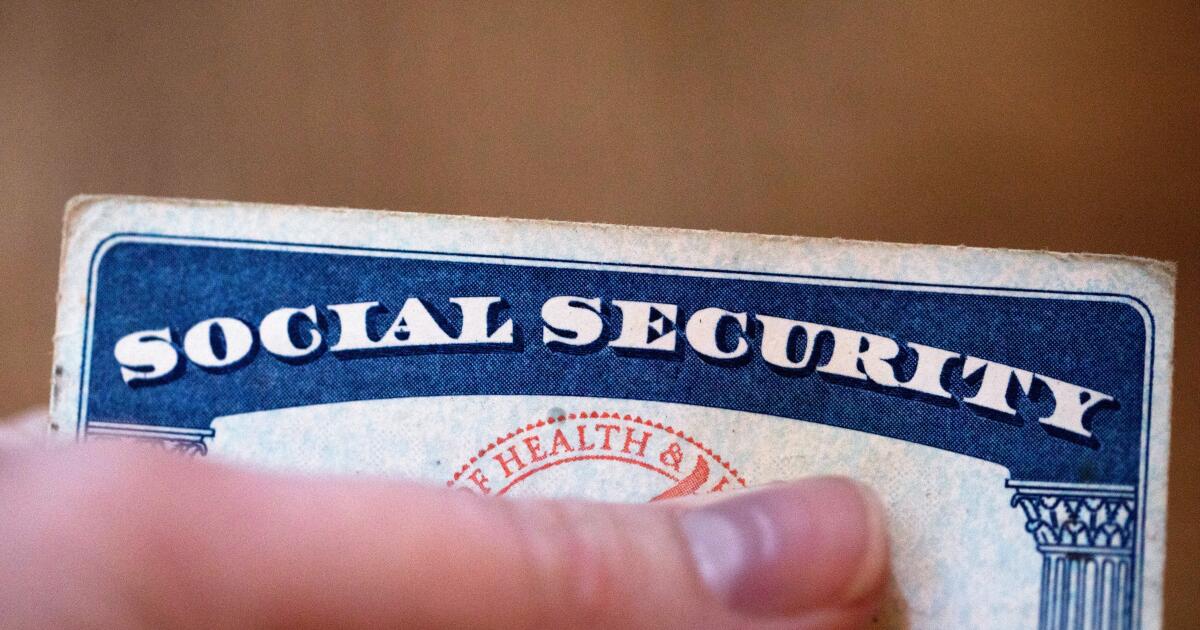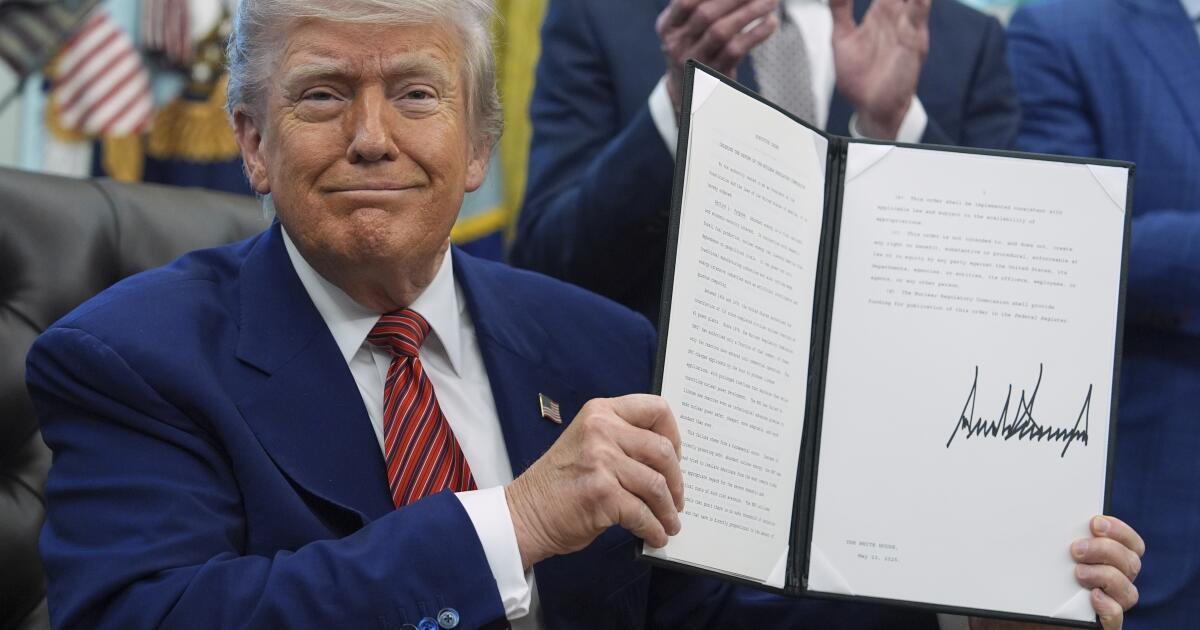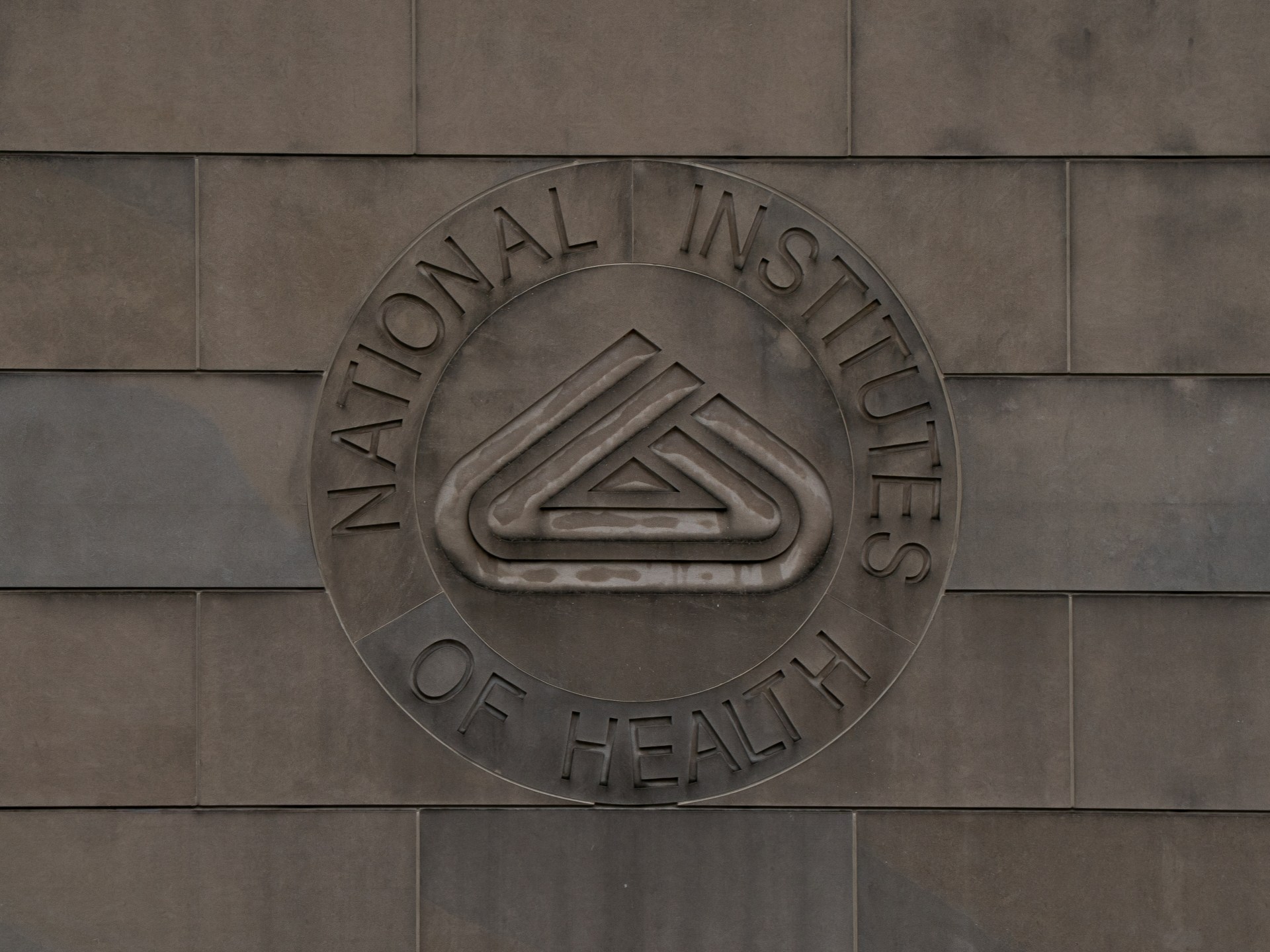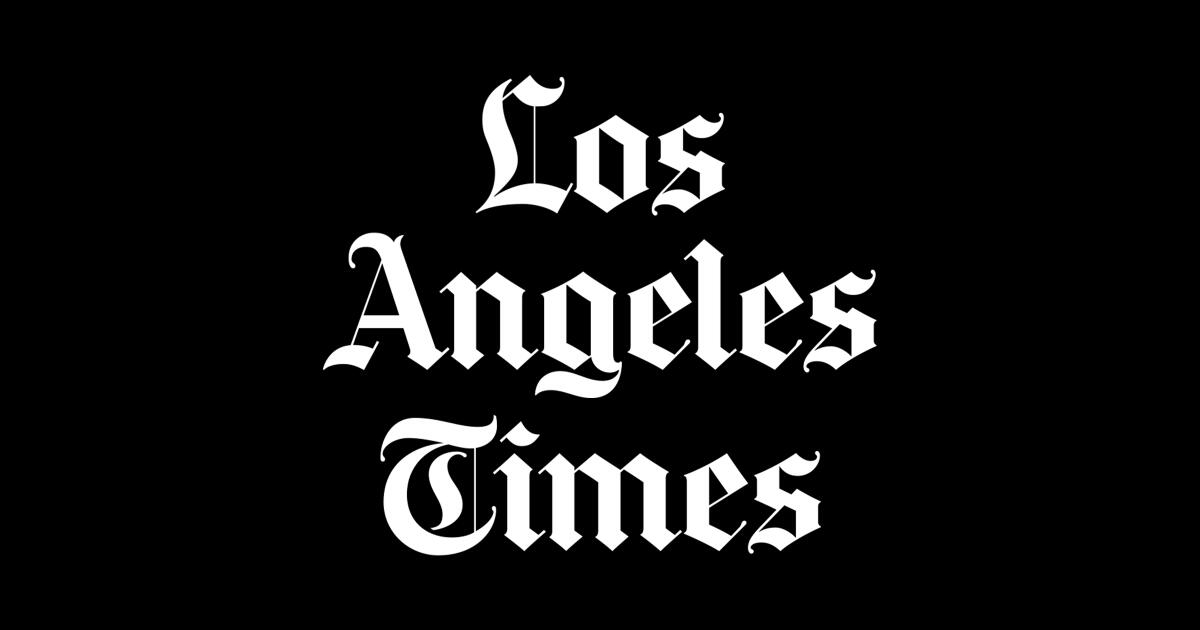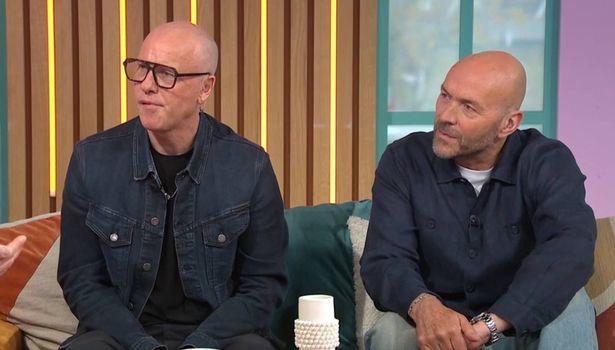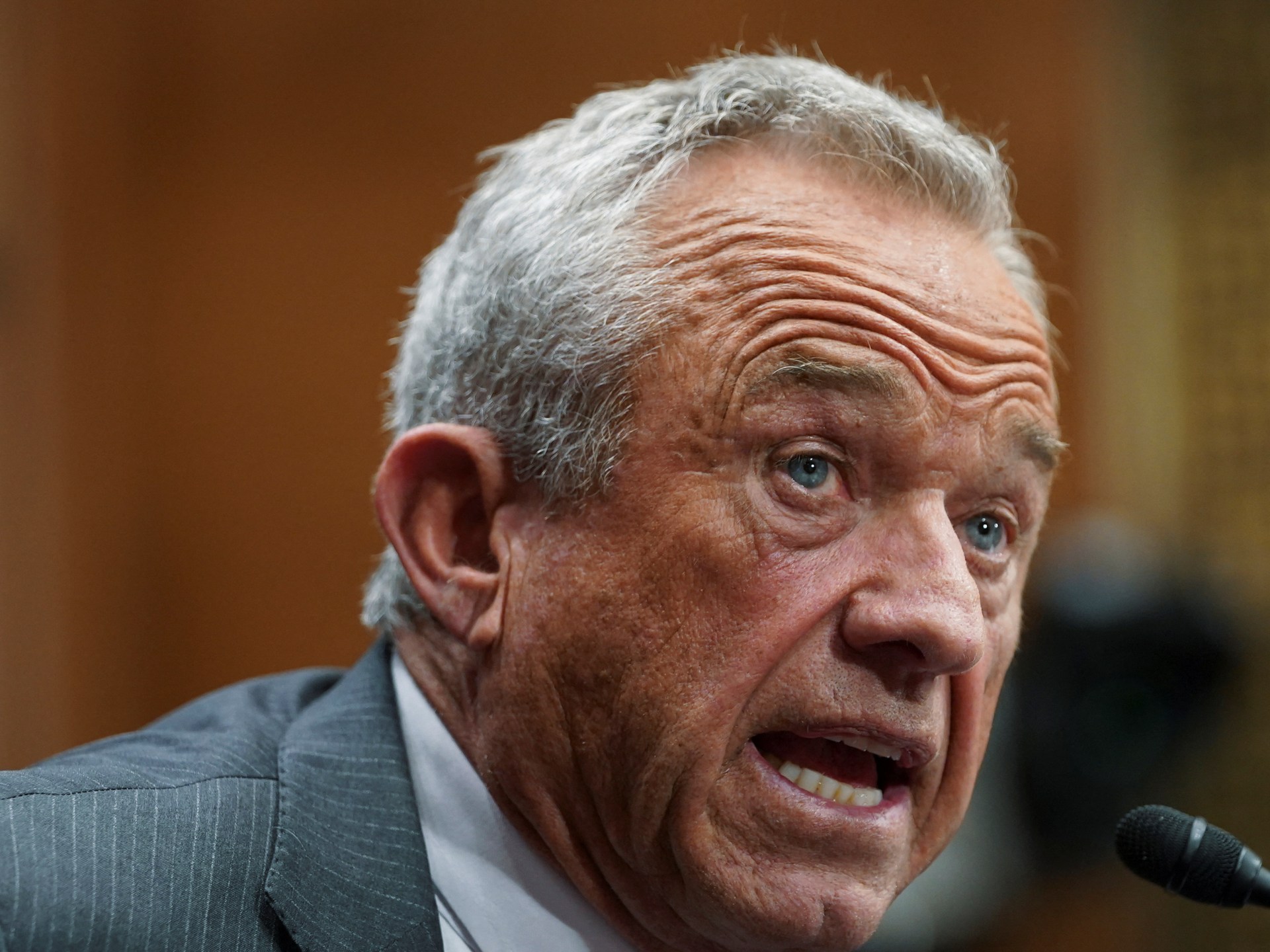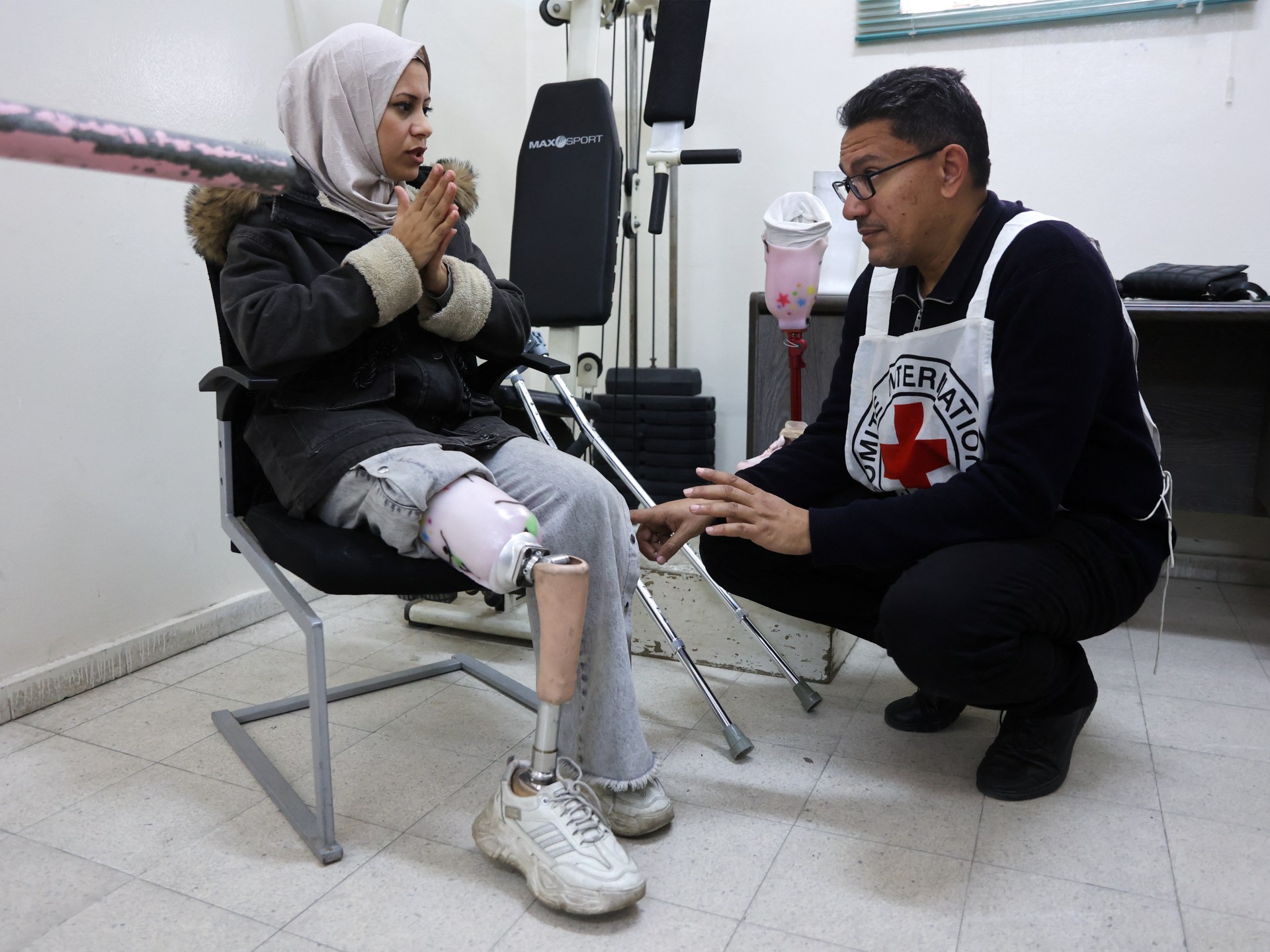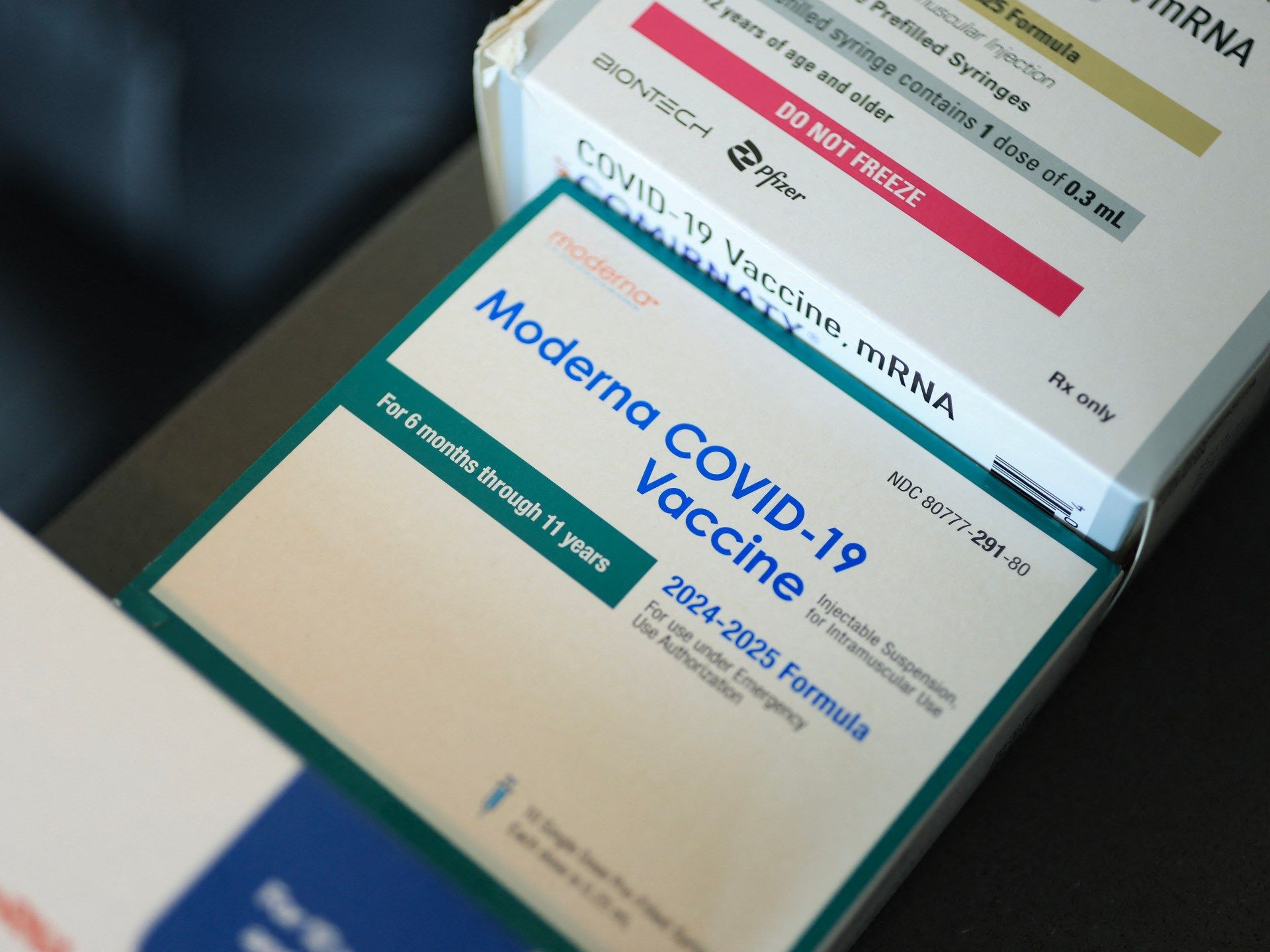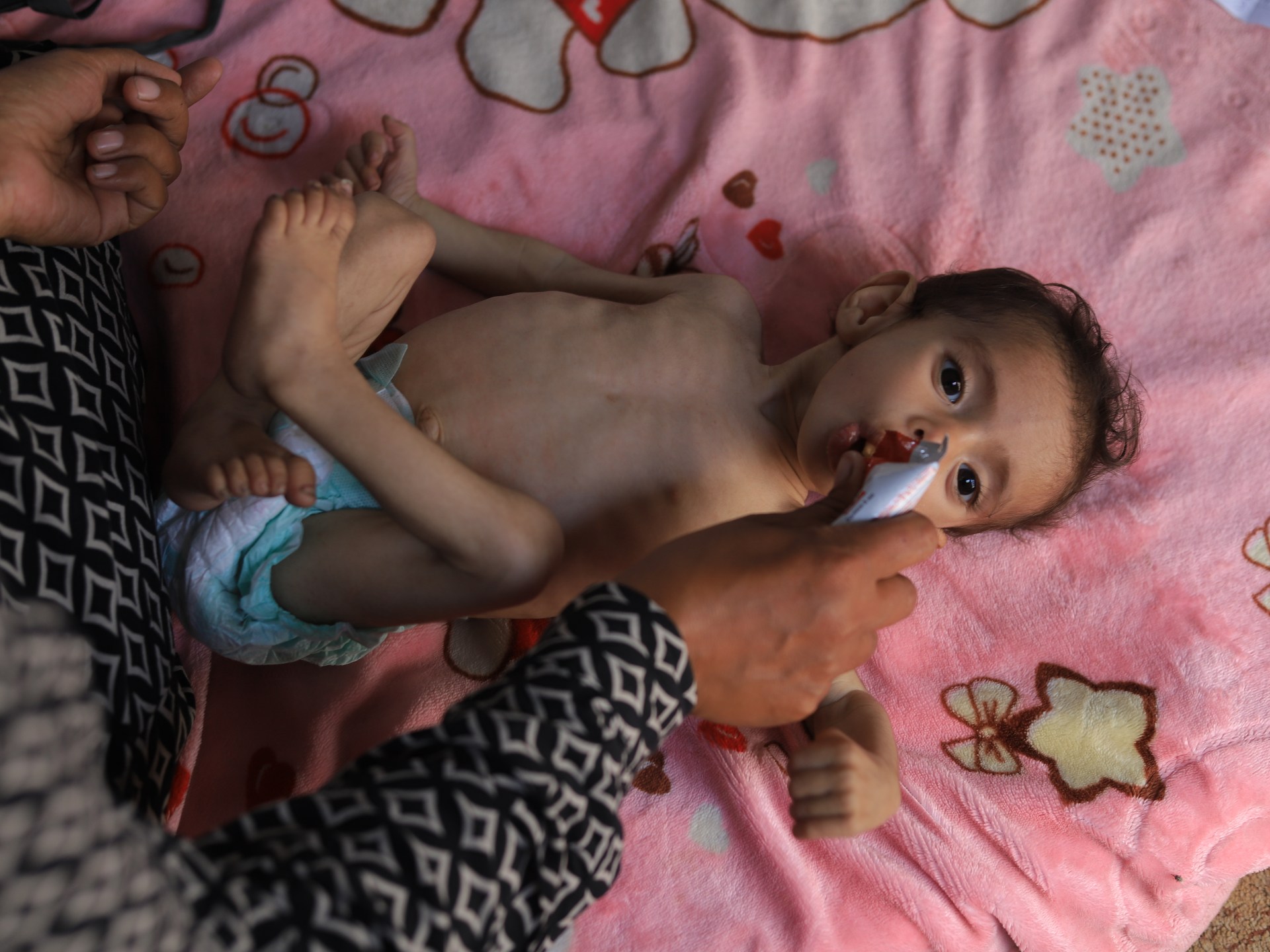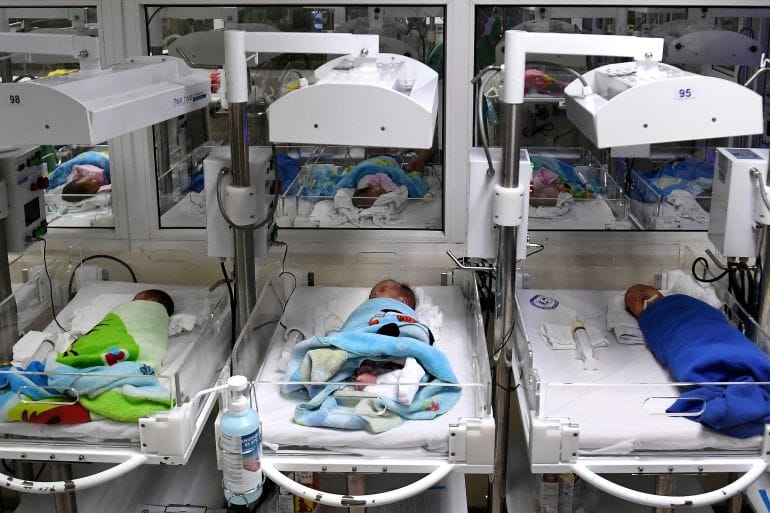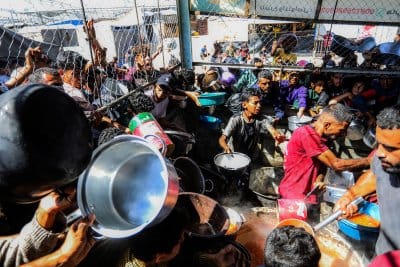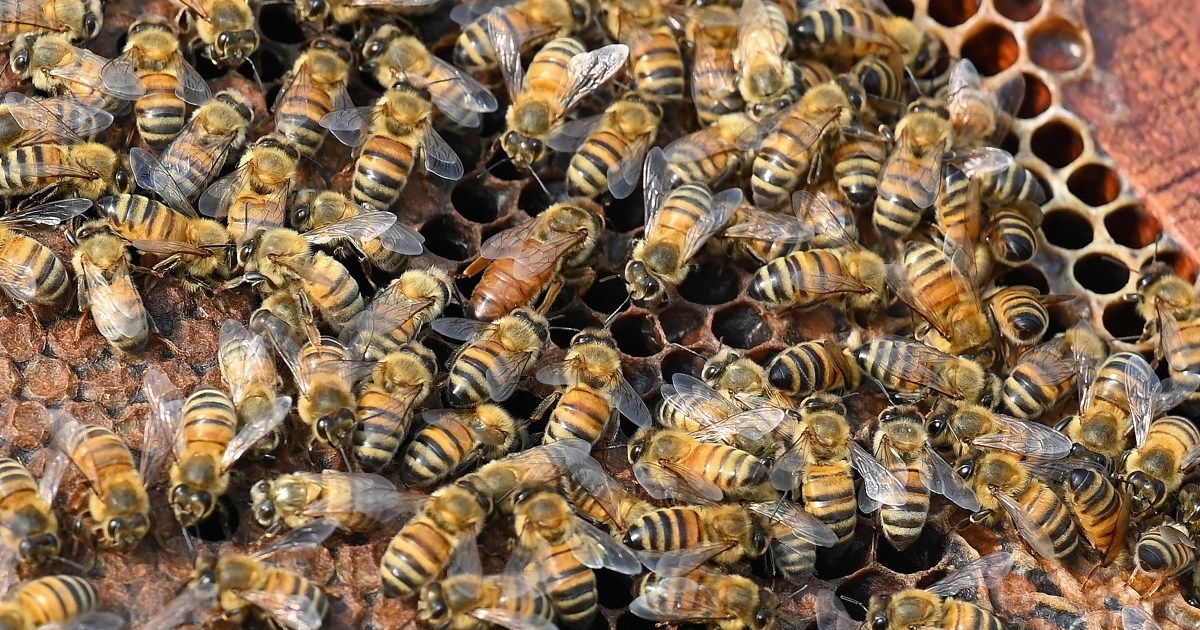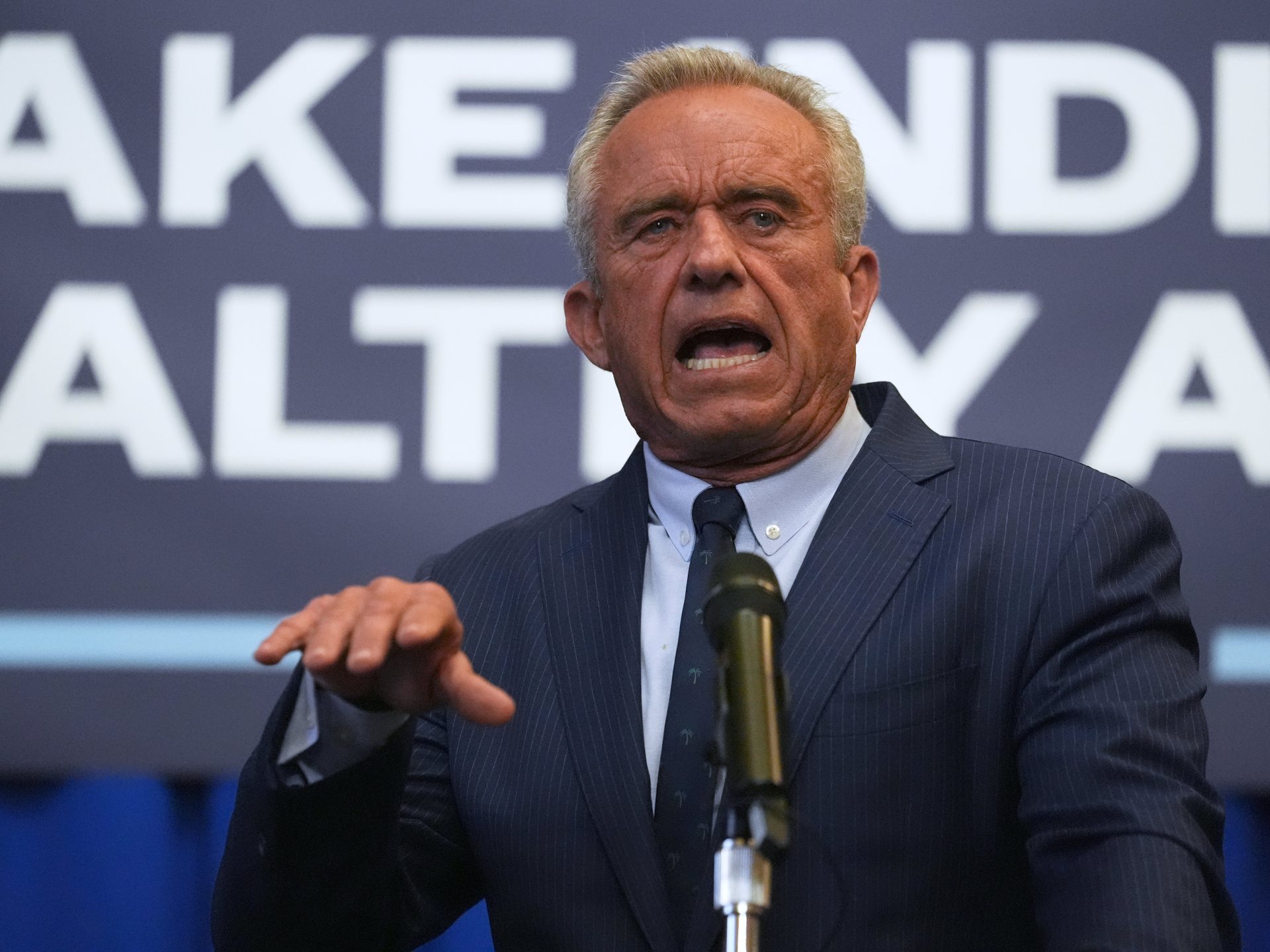Having left showbusiness, Noel Edmonds is enjoying a new life in New Zealand, where he focuses on energy, healing crystals and being in tune with the cosmos…
Ever wondered what happened to Noel Edmonds? For decades, he used to rule the radio waves and Saturday night telly, then suddenly he disappeared. Cut to Noel in his swimming trunks standing under an icy cold shower saying gratitudes, with a few sheep wandering around in the background.
In 2018, Noel turned his back on showbusiness and moved 11,500 miles away with his wife Liz to New Zealand. “I think I might have found my paradise,” he says in Noel Edmonds’ Kiwi Adventure, which starts tonight (June 20) on ITV at 9pm. The couple have spent the last two years building a business in the quiet town of Ngatimoti. River Haven, with the strapline ‘Positively Together’, boats a vineyard, coffee cart, general store, and a restaurant and pub, called The Bugger Inn.
On their 800 acres of land, Noel also wants to create a wellness sanctuary and even New Zealand’s first energy garden, whatever that is. “I am John Wayne, I am Clint Eastwood!” says Noel, delighted to be holding a power tool. He’s clearly still a showman. This three-parter follows the challenges, from being accepted by the locals, to bad weather, the absence of tourists and everyone else going bust.
But most fascinating is the insight into Noel’s complete dedication to energy and healing. Lying under a quartz crystal healing bed, the 76-year-old talks about his ‘light bulb moment’ about his health – “We are all body energy systems”. He dedicates his good health to six things – nutrition and good food, good ‘structured’ water, pulsed electro magnetism, tranquil exercise, vibe (his term for ‘visualisation of body energy;) and meditation. Throw in some cold showers and ice baths (we see him with his shirt off A LOT), saunas and a hyperbaric oxygen chamber three times a week and “I am rocking,” he says.
There is much talk of the matrix and universal energy. The couple even has a big clock permanently set to the specific time Noel and Liz met – she was his make up artist on Deal or No Deal. Noel says: “Liz was sent to me. She is an Earth angel. The sustenance of her energy is my life blood. You will never pull us apart because we are one. I believe it’s a gift from the cosmos. This was the time of my life.” Noel also opens up about the negative press he has received, saying: “I do actually care what people think about me. Criticism does hurt. I’m hugely sensitive.” And he explains that he left Britain because the country changed so much. He says: “I missed a quieter country. We’re not trees, so we can move.”
Noel Edmonds’ Kiwi Adventure is airing on ITV tonight at 9pm.
There’s plenty more on TV tonight – here’s the best of the rest..
ALISON HAMMOND’S BIG WEEKEND, BBC1, 8.30pm
In the last of this brilliant series, which will surely be commissioned for a second round, Alison spends the weekend with world champion boxer Tony Bellew. Visiting his house in Southport, Alison learns that Tony and his wife, Rachael, are in the middle of big house renovations. He opens up about life after retirement, sharing his struggles with boredom, missing the thrill of fights and the toll his boxing career has taken on his health.
Tony reveals that due to the number of punches he’s taken to the head, his memory has been affected, and he fears that there may be more health implications to come. He also shows Alison the ropes and puts her through her paces in the ring, revealing that he owes his life to his boxing gym. After taking on Tony on the pads, Alison and Tony head to Goodison Park, not only the home of Tony’s beloved football team but the site where he won his world championship title.
NOT GOING OUT, BBC1, 9pm
For old school Friday night comedy, with a relentless stream of gags, surely this wins every time. Lee Mack, a veteran of the one-liner, plays Lee, who constantly finds himself in ridiculous, farcical situations, causing his wife Lucy (Sally Bretton) to spend the entire episode rolling her eyes.
In this instalment (Mack’s favourite episode), Lee brings a battered box back from the tip, with no idea what is in it. “When I was a kid, going through the bins was like flicking through the Argos catalogue,” says Lee as he rips the box open. But gets a shock when he opens it in front of Lucy and finds what looks like a dead body, but actually turns out to be a robotic sex doll. “It can’t be human, the face looks like it’s silicon,” says Lucy. “Have you not seen Love Island?” quips Lee. What follows is the usual caper as Lee starts to realise what he’s actually dealing with.
EMMERDALE, ITV1, 7.30pm
After a restless night, Robert bumps into Victoria outside Keepers. He clearly wants to avoid opening up to her about his time in prison. After she finally sits him down in Keepers for a chat, Vic’s left worried that Robert still thinks he can win Aaron back. After Charity makes clear that she’s definitely accompanying Sarah to her cancer operation, Sarah eventually expresses her gratitude. Paddy enlists Bob’s help as he tries to get Bear to open up about what’s burdening him.
CORONATION STREET, ITV1, 8pm
Debbie breaks the news to Ronnie and Leanne that she needs to cancel the awards ceremony as there’s a flood at the hotel, but Leanne offers to host it at Speed Daal. Todd finds Theo in the living room repeatedly snapping the elastic band on his wrist. Millie tells them that living with her mum is stressing her out, but when Theo suggests she stays with them a bit longer, will Todd agree? Dee-Dee and James clash over Laila.
Join The Mirror’s WhatsApp Community or follow us on Google News , Flipboard , Apple News, TikTok , Snapchat , Instagram , Twitter , Facebook , YouTube and Threads – or visit The Mirror homepage.
